Wind, waves and engine noise all contribute to the cacophony of sound on the water, making it tough to hear incoming messages from a VHF radio speaker, including transmissions from your buddies that might lead to fish. Tuning your VHF for performance is the first step, but adding additional speakers gets that message out loud and clear.
VHF radios of yesteryear had tiny speakers that were tough to hear regardless of background noise. Todays speakers are bigger, but when the wind is up or you’re away from the helm, situations that impair your ability to hear the radio, an auxiliary speaker solves the problem.
A larger, remotely mounted speaker can be placed to project voice transmissions just about anywhere on the boat, be it the aft cockpit, cabin or tower. Most VHF radios feature an auxiliary port or wires for connecting one or more remote speakers.
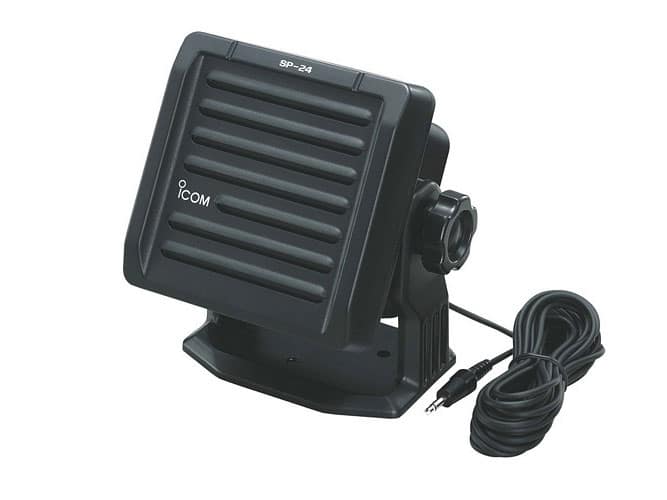
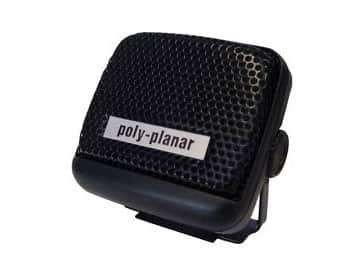
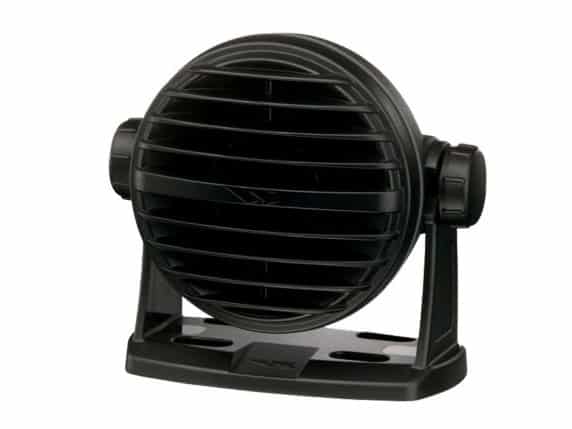
The type of speaker you choose depends on where you plan to mount it. In an area protected from spray such as the bridge deck or cabin, consider a remote speaker such as the Icom SP-24, Poly-Planar MB41 or Standard Horizon MLS-300. Standard Horizon’s MLS-310 is similar to the MLS-300, but has a volume control.
These are bracket-mount speakers you can place near the helm or in a cabin. They lend themselves to either tabletop or overhead installations.
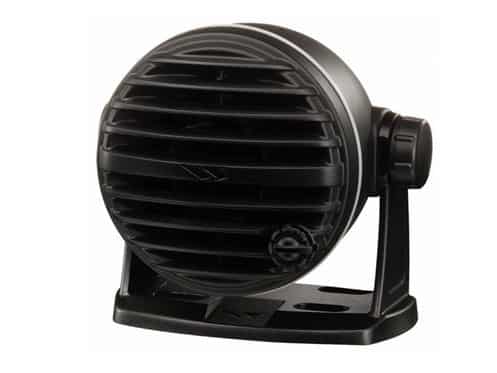
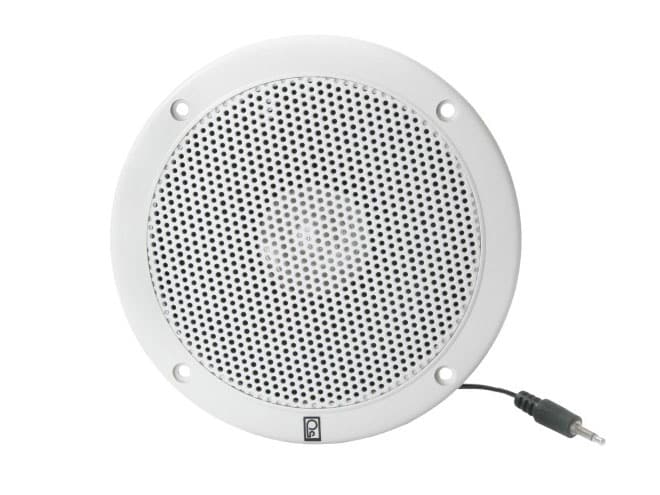
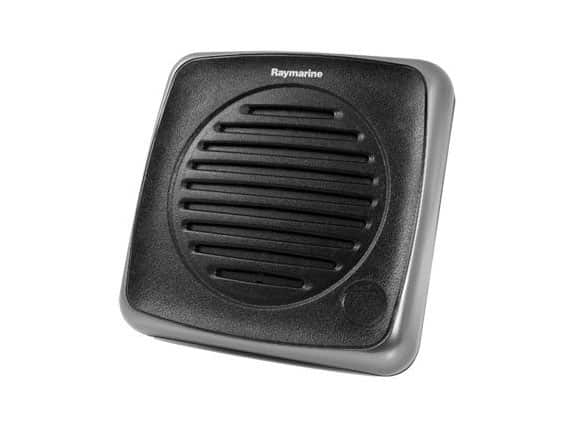
If you prefer to flush-mount your remote speaker, look at the Poly-Planar MA1000R. This 5 ¼-inch diameter is available with a white or black cover. The Raymarine Active Marine VHF remote speaker is also a surface-mount model and includes a volume control. Standard Horizon’s MLS-300 and MLS-310 offer surface-mounting options, as well.
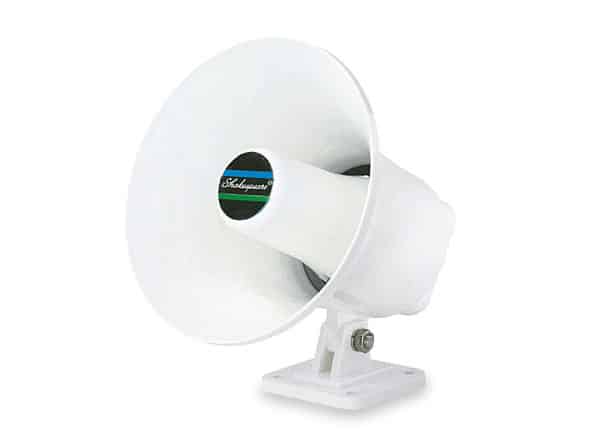
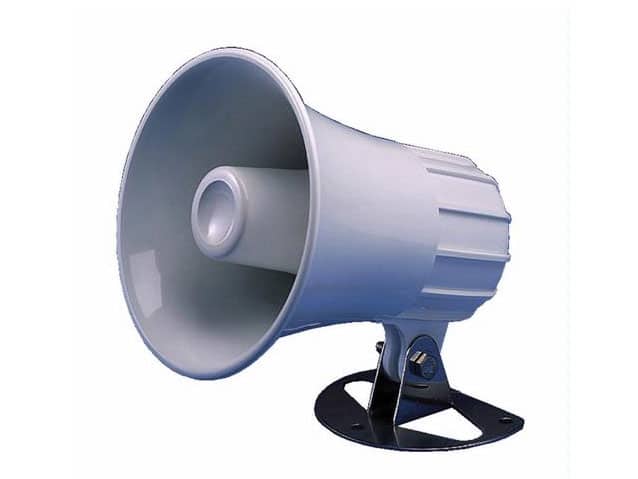
If you plan to mount a VHF remote speaker in the open where it might be exposed to the elements, consider a loud hailer-style speaker such as the Shakespeare HS-40. Another choice is the Standard Horizon 220SW (about $35), a compact 30-watt hailer/PA speaker featuring five-inch-diameter cone and a stainless steel bracket. With a 7 1/8-inch-wide cone, Standard Horizon’s 240SW is slightly larger.
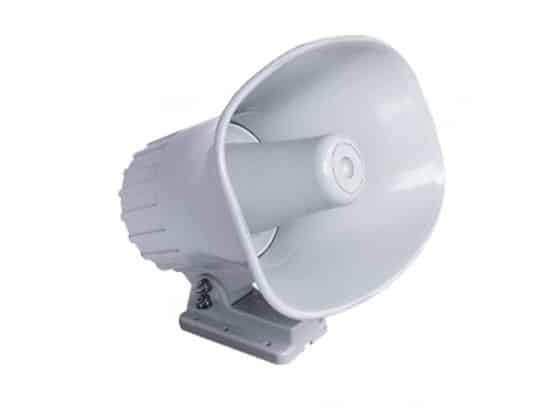
Most anglers mount these weatherproof remote VHF speakers facing backwards so that they can be heard in the aft cockpit. Check the output of any speaker you select to assure you’ll have enough volume—they range from 7 to 40 watts—to assure you’ll have enough volume.
With all remote speakers, be careful about where you choose to install it. Their large magnets can interfere with compasses resulting in major deviations from the true heading. To determine if there’s interference, place the speaker in various locations while watching the compass reading. If the compass deviates, nix the location.









